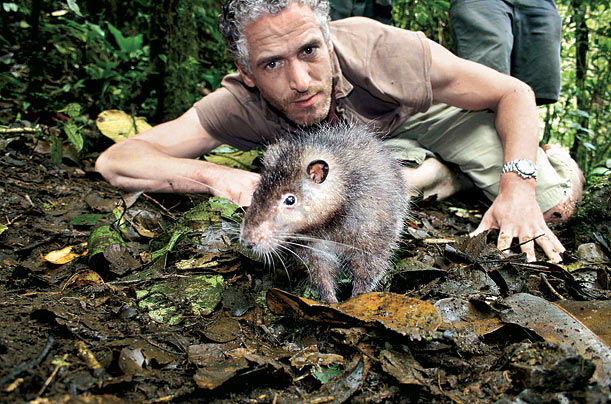
Most people bring back the usual mementos from their trips: photographs, T shirts, diarrhea. The BBC Natural History Unit, however, returned home with something better. A scientific team from the British broadcaster visited the South Pacific country of Papua New Guinea earlier this year to film a nature documentary and, in the process, discovered more than 30 new species of animals. Among the creatures — all living inside the crater of the extinct Mount Bosavi volcano — were a giant rat measuring 32 in. long and weighing more than 3 lb., making it one of the largest rodents on Earth, along with 16 species of frogs, at least three types of fish and a bat. "It was mind-blowing," George McGavin, a biologist on the team, told reporters. "The crater of Mount Bosavi really is the Lost World."
While the sheer number and sizes of the animals were extraordinary, the scientific discovery of new species is quite routine. Biologists are identifying them at a rate of about 50 a day. Nearly 17,000 new plants and animals were described in 2006 alone — some 1% of the 1.8 million species that have been named so far. (Estimates of the total number of species range from 5 million to as many as 100 million.) Yet even as we discover new ones, we're losing species at 10,000 times the natural rate — a loss of life so great that we've entered the sixth great mass extinction in Earth's history.
Why? When the environment changes faster than life can adapt, extinction is inevitable. But the present danger comes from the annihilation of the tropical forests, which house a richer variety of animals and plants than any other place on the planet. Papua New Guinea lost more than 25% of its forest from 1972 to 2002, and the BBC team noted that an area was being logged just 20 miles from the Bosavi crater. As of 2005, some 14.8 million acres of primary, untouched forest were being felled every year — taking with them species we'll never get the chance to count.